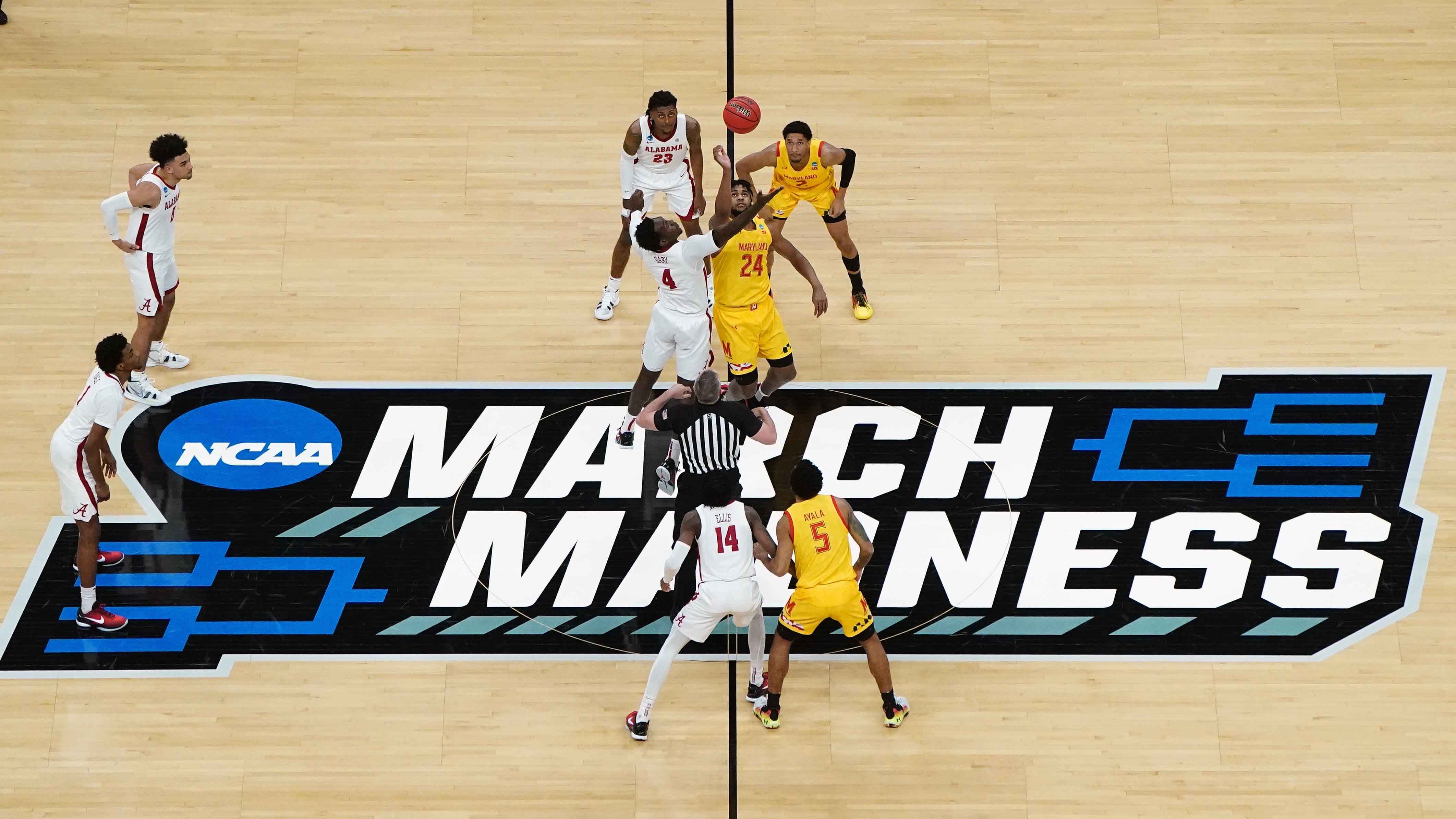
c/o Kirby Lee
As another NFL season wraps up and early spring peers around the corner, one thing comes to mind for me: the Division I College Basketball Tournaments. Known worldwide as March Madness, men’s and women’s teams alike participate in single-elimination tournaments which end with champions crowned. Beginning with fields of 68 teams, the NCAA selection committee gives bids to all reigning conference champions, automatically qualifying them for the tournament. Additionally, 36 at-large teams—programs that do not win their conference—receive invitations for other factors such as record and strength of schedule. In using this method of selection, the selection committee tries to create the most competitive tournament with the most fitting teams. However, this highly subjective method always leaves a few teams disappointed when they are snubbed of a tournament berth.
In the men’s scene, this year is shaping up to be another exciting tournament. Last year’s national champion, the University of Connecticut, is poised to make another run at the trophy. UConn (23-2) has held the No. 1 ranking in the Associated Press poll of the top 25 teams since the middle of January. Other contenders include the Big Ten’s Purdue University (22-2), the Big 12’s Houston University (21-3) and the University of Kansas (19-6), and the Atlantic Coast Conference’s University of North Carolina (19-6) and Duke University (19-5). The committee will give the top seeds to teams like these, granting them an advantage over their initial opponents, most of whom will be weaker teams in the tournament.
Yet seeding doesn’t always stop a statistically inferior team from winning. March Madness is no stranger to upsets, and the teams that start at the top do not always make it very far in the bracket. Last year was a great example; none of the top three seeds made the Final Four, and four-seed UConn defeated five-seed San Diego State University in the championship game. Some crazy Cinderella stories feel almost impossible to repeat. One recent example was the 15-seed Saint Peter’s University Peacocks making their historic run to the Elite Eight in 2022, outlasting heavyweight opponents such as the University of Kentucky and Purdue University. Additionally, last year’s Fairleigh Dickinson Knights, led by Tobin Anderson ’95 (whom The Argus interviewed), became the second-ever 16-seed to defeat a 1-seed. While historic upsets happen year after year, no one will truly know who is up next to take the March Madness world by storm.
In the women’s scene, many interesting storylines are playing out. The AP poll has cemented the University of South Carolina’s Gamecocks at the top of the list for the last 14 weeks with their undefeated record of 23-0. However, South Carolina’s success in the regular season will not necessarily translate to success in the tournament. While they converted their No. 1 seed status in 2022 to a national championship, last year’s March Madness campaign was not successful as they fell to the two-seed University of Iowa Hawkeyes in the Final Four. On the other hand, the Hawkeyes have virtually been dubbed America’s favorite women’s team in the NCAA. This is due in part to Caitlin Clark and her record-breaking season this year. She is leading Division I women’s basketball in points per game, assists, and three-pointers made per game. Clark became the all-time leading scorer in NCAAW history last night in the Hawkeyes’ matchup against the University of Michigan Wolverines. Finally, you can never count out Geno Auriemma and the UConn Huskies. The veteran coach is leading another successful campaign with the Huskies as they are primed to make another deep run this March.
All in all, I think that the hype around these seasons is leading steadily into what should be two very exciting tournaments!
Michael Dolce can be reached at mdolce@wesleyan.edu.